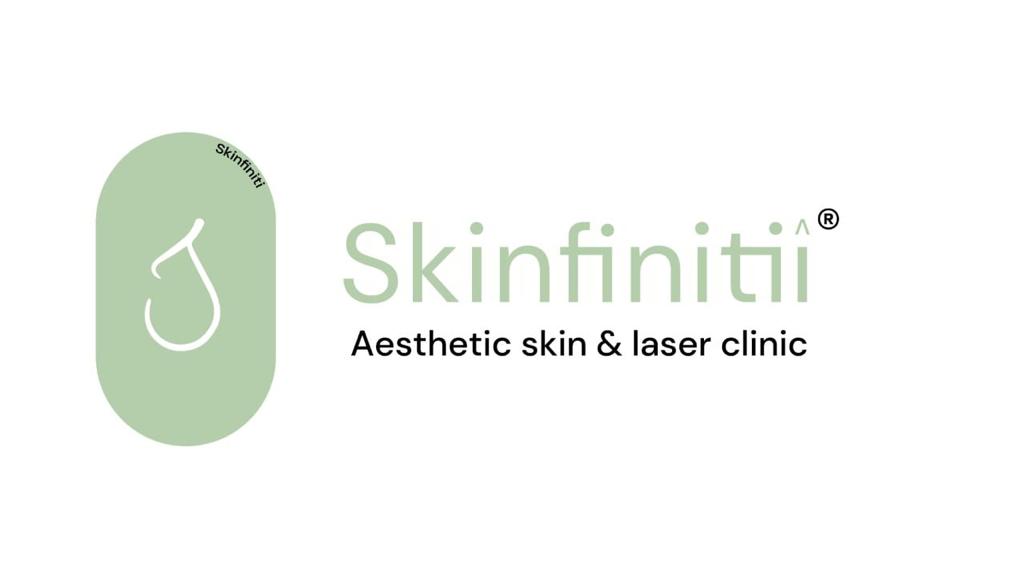All About Alpha Hydroxy Acids (AHA’s)
If you take a quick look at any skin care product that you’re currently using you’re sure to find some or the other type of acid in it most acids do share the same property of chemical exfoliation but they differ a lot in other properties.
But how many of us know about acids used in skin care.
Acids and skin care are categorized into three:
Alpha hydroxy acids AHA’s
Beta hydroxy acids or BHA’s
Poly hydroxy acids which are PHA’s
Now out of these AHA’s definitely get an A plus because there is an alpha hydroxy acid for each skin type and complexion concern.
What are AHA’s?
Alpha hydroxy acids are a group of acids that are derived from plant-based sources like glycolic acid from sugarcane, mandelic acid from bitter almond, lactic acid from sour milk, citric acid from lemon, malic acid from apples.
How do AHA’s help your skin?
They are surface exfoliants just like any other acid they dissolve the glue which holds the dead layer cells together which causes sloughing of the layer, this gives more radiance, smoother texture and fewer dark spots. They also increase collagen production and as we all know more collagen means lesser visible pores and lesser lines and wrinkles.
AHA’s also act as humectants that means they attract water to the skin giving it more hydration. They’re very good antioxidants as well they scavenge free radicals from the skin.
Which molecule to pick?
Glycolic is the smallest of these acids and gives the best results. It can be used by those with normal or oily skin but it can cause irritation if you overuse it. Always make sure you’re using a lower concentration.
Higher percentages that is 20 percent and above are used as chemical peeling agents by dermatologists.
Lactic acid is a larger molecule, and it has moisturizing properties as well as skin lightening properties and it can be used in those with dry or sensitive skin as well.
Mandelic acid has very large molecules it causes lesser irritation so again it’s good for people with sensitive yet acne prone skin.
Who should be using AHA’s
Given their wide range of effects most people can benefit from using AHA’s as long as you find the right AHA and the right concentration as well as the correct formulation for your particular skin type. Always start slowly start with once-a-week application increase it to twice and then gradually you can make it a three days in a week or a daily application.
AHA’s can be combined with?
AHA’s work well with peptides. Peptides can slow the penetration of AHA making them less irritating you can also pair them with hydrating and skin lightening agents.
AHA’s should not be combined with?
Ingredients that you should not use with AHA’s are retinoids and you must be cautious when you’re using them with BHA’s because AHA’s will cause more irritation if you combine it with retinoids or BHA’s.
Also remember that AHA’s do make your skin more sensitive to sunlight so you must be extra careful about applying sunscreen daily and reapplying the sunscreen every two to three hours.
You can watch our youtube video to know about Alpha hydroxy acid (AHA)
For more tips and facts on skincare and haircare follow us at
Instagram | Youtube | Facebook
Image Source : Freepik.com

